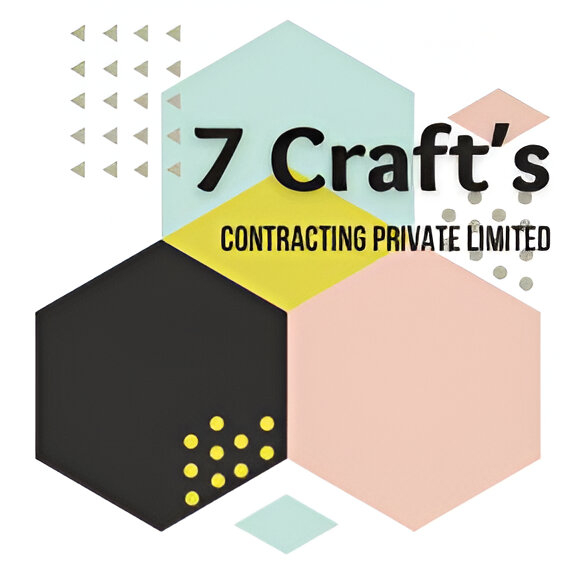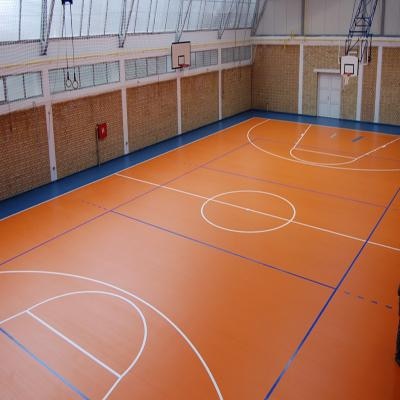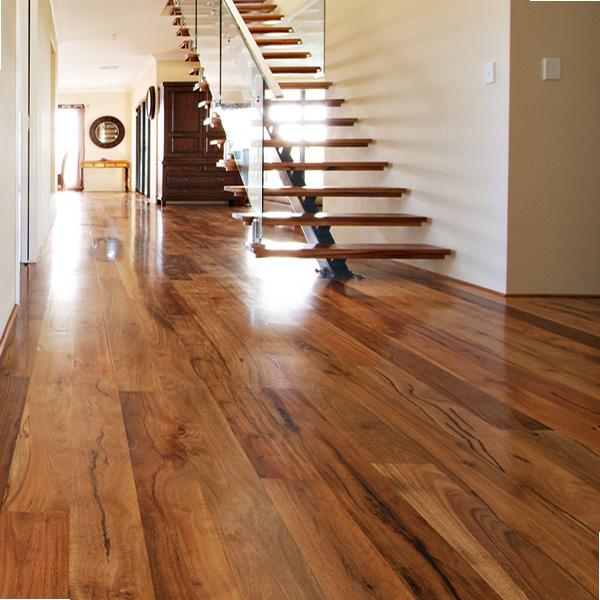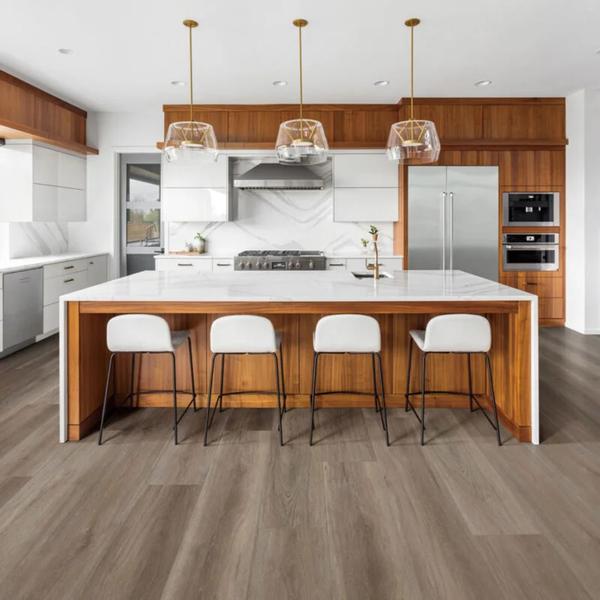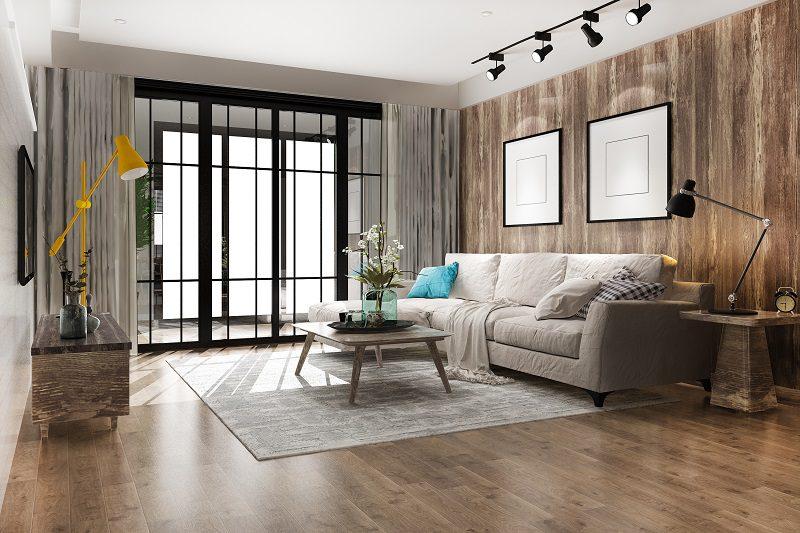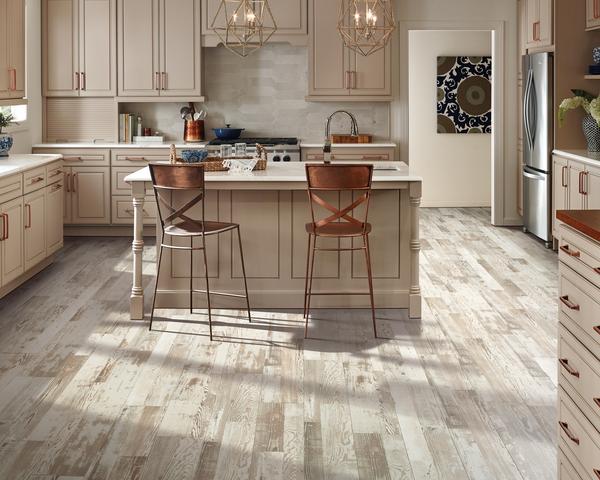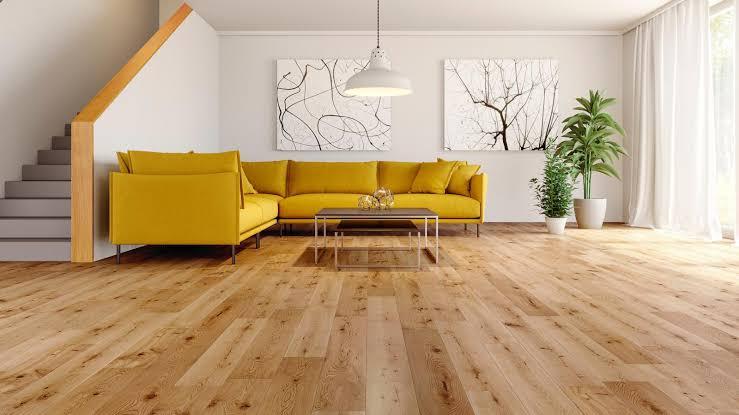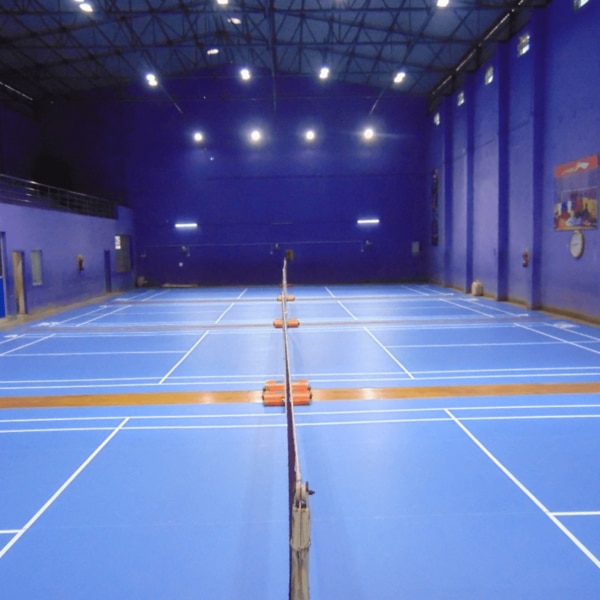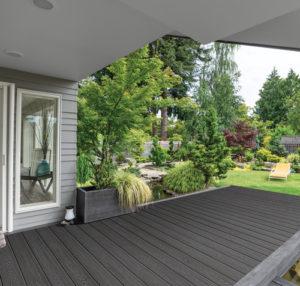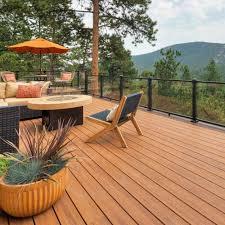Sports flooring is specialized flooring designed to enhance athletic performance and ensure player safety across various sports and activities. It encompasses a range of materials and systems, each engineered to provide specific benefits like shock absorption, ball bounce, and slip resistance. These floors are crucial for both indoor and outdoor sports facilities, ranging from professional arenas to school gymnasiums. Key Aspects of Sports Flooring: Materials: Common materials include PVC, acrylic, rubber, and hardwood (like maple). Performance Characteristics: Sports flooring is designed for: Shock Absorption: Reducing impact on joints and minimizing injury risk. Ball Bounce: Ensuring consistent and predictable ball behavior. Slip Resistance: Providing secure footing and preventing falls. Durability: Withstanding heavy use and the wear and tear of sports activities. Acoustic Control: Minimizing noise and sound reflection, especially in indoor spaces. Types of Flooring: PVC/Vinyl: Versatile for multi-use games areas, offering a balance of performance and cost. Acrylic: Known for excellent ball response and durability. Rubber: Ideal for fitness centers and areas needing high impact absorption. Hardwood (e.g., Maple): Offers a classic, durable surface, particularly suitable for basketball courts. Artificial Grass: Used for football (3G and 4G pitches) and hockey (2G and 3G pitches), providing a surface similar to natural grass. Installation and Maintenance: Proper installation is crucial for optimal performance and longevity. Regular cleaning and maintenance are also important to preserve the flooring's properties and extend its lifespan. Multi-Use vs. Specialized: Some sports floors are designed for specific sports, while others are multi-use, accommodating various activities.
Send Message